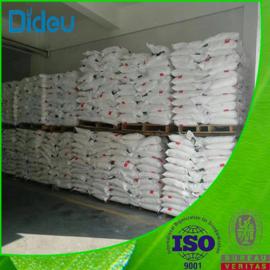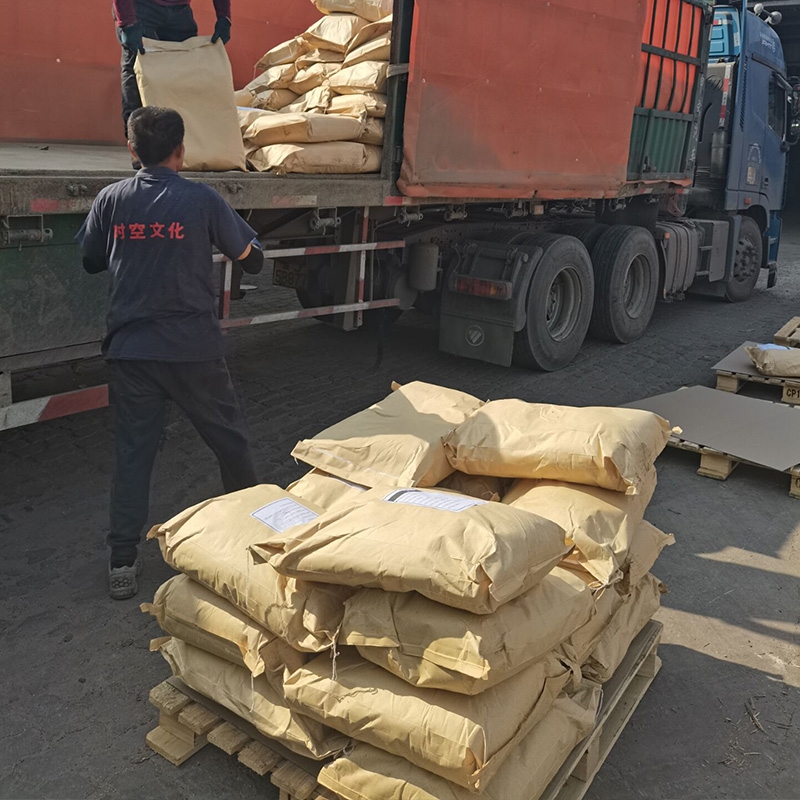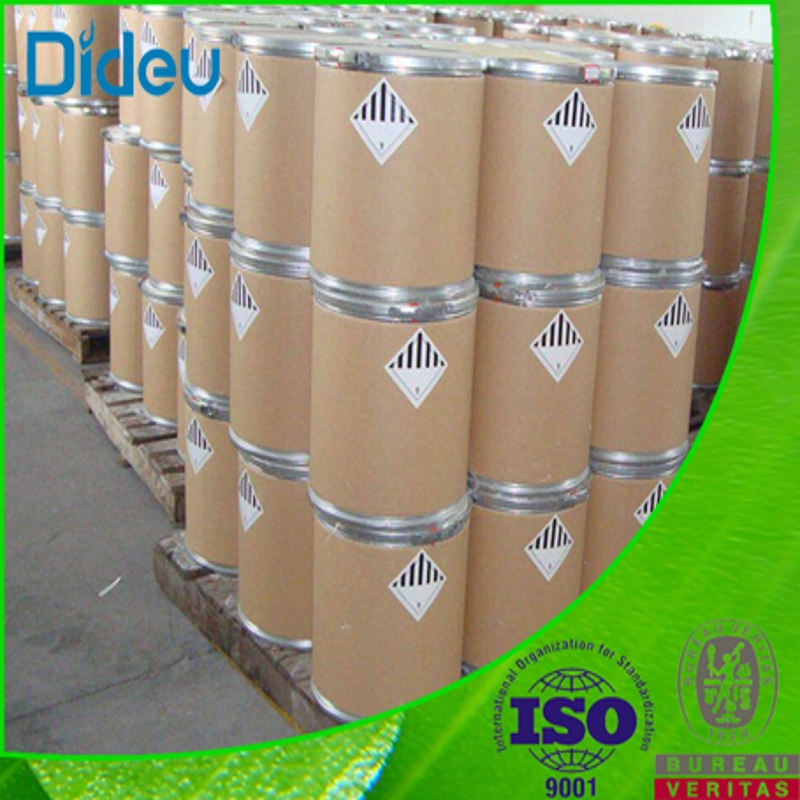-
Categories
-
Pharmaceutical Intermediates
-
Active Pharmaceutical Ingredients
-
Food Additives
- Industrial Coatings
- Agrochemicals
- Dyes and Pigments
- Surfactant
- Flavors and Fragrances
- Chemical Reagents
- Catalyst and Auxiliary
- Natural Products
- Inorganic Chemistry
-
Organic Chemistry
-
Biochemical Engineering
- Analytical Chemistry
-
Cosmetic Ingredient
- Water Treatment Chemical
-
Pharmaceutical Intermediates
Promotion
ECHEMI Mall
Wholesale
Weekly Price
Exhibition
News
-
Trade Service
Introduction to ureteral calculi In most cases, ureteral calculi are caused by obstruction of ureteral strictures during the expulsion of kidney stones.
Primary ureteral calculi are rare
.
Ureteral calculi are highly prevalent in the young and middle-aged population (peak at the age of 30), among which males are more common, and the ratio of male to female incidence is 4:1
.
See Table 1 for common types of ureteral stones and Table 2 for risk factors for stone formation
.
Table 1 Types of ureteral stones Table 2 Clinical manifestations of metabolic disorders that are prone to stone formation: The clinical manifestations of ureteral stones are similar to those of kidney stones, and renal colic is a typical feature, manifesting as acute abdominal pain that often radiates to the pelvis, groin or testis
.
Ureteral stones can also be accompanied by hematuria
.
Imaging manifestations of calculi often occur at the ureteral stenosis, and there are three common places: the transition of the renal pelvis and ureter, the intersection of the iliac vessels, and the uretero-vesical junction
.
When performing imaging studies, we can focus on these three places
.
Conventional radiographs: 60% of calcifications in the symptomatic side of the ureter are expected to be ureteral calculi
.
Stones may be present in 30% of patients when the results of the urinary plain film are negative
.
B-ultrasound: ① Unilateral renal pelvis and calyx dilatation (false positive rate up to 10%); ② Symptomatic renal artery resistance index greater than 0.
7; ③ No ureteral ejection on the affected side (there may be some obstructive stones); ④ Transabdominal, transabdominal Rectal and transvaginal ultrasonography can directly reveal prebladder stones
.
CT (recommended): High sensitivity, specificity, accuracy, and easy detection of all stone components
.
On CT images, ureterovesical junction edema, perinephric effusion, and renal enlargement can be found (Figure 1)
.
Figure 1 Ureteric stone obstruction
.
CT of the lower abdomen shows enlarged right kidney with perirenal fat stranding (white arrow), dilation of the intrarenal collecting system (blue arrow), and calcification at the junction of the ureter and bladder (red arrow).
Drink water and maintain urine output at 2-3 liters/day
.
Dietary intake of protein, sodium, and calcium should be limited
.
Analgesics, thiazide diuretics (lower urinary calcium), and allopurinol (lower urate and oxalate excretion) can be used in the treatment of ureteral stones
.
The natural passage rate of ureteral stones is 93%, and most stones smaller than 5 mm will eventually pass
.
Without treatment, the 1-year recurrence rate is 10%, the 5-year recurrence rate is 33%, and the 10-year recurrence rate is 50%
.
Primary ureteral calculi are rare
.
Ureteral calculi are highly prevalent in the young and middle-aged population (peak at the age of 30), among which males are more common, and the ratio of male to female incidence is 4:1
.
See Table 1 for common types of ureteral stones and Table 2 for risk factors for stone formation
.
Table 1 Types of ureteral stones Table 2 Clinical manifestations of metabolic disorders that are prone to stone formation: The clinical manifestations of ureteral stones are similar to those of kidney stones, and renal colic is a typical feature, manifesting as acute abdominal pain that often radiates to the pelvis, groin or testis
.
Ureteral stones can also be accompanied by hematuria
.
Imaging manifestations of calculi often occur at the ureteral stenosis, and there are three common places: the transition of the renal pelvis and ureter, the intersection of the iliac vessels, and the uretero-vesical junction
.
When performing imaging studies, we can focus on these three places
.
Conventional radiographs: 60% of calcifications in the symptomatic side of the ureter are expected to be ureteral calculi
.
Stones may be present in 30% of patients when the results of the urinary plain film are negative
.
B-ultrasound: ① Unilateral renal pelvis and calyx dilatation (false positive rate up to 10%); ② Symptomatic renal artery resistance index greater than 0.
7; ③ No ureteral ejection on the affected side (there may be some obstructive stones); ④ Transabdominal, transabdominal Rectal and transvaginal ultrasonography can directly reveal prebladder stones
.
CT (recommended): High sensitivity, specificity, accuracy, and easy detection of all stone components
.
On CT images, ureterovesical junction edema, perinephric effusion, and renal enlargement can be found (Figure 1)
.
Figure 1 Ureteric stone obstruction
.
CT of the lower abdomen shows enlarged right kidney with perirenal fat stranding (white arrow), dilation of the intrarenal collecting system (blue arrow), and calcification at the junction of the ureter and bladder (red arrow).
Drink water and maintain urine output at 2-3 liters/day
.
Dietary intake of protein, sodium, and calcium should be limited
.
Analgesics, thiazide diuretics (lower urinary calcium), and allopurinol (lower urate and oxalate excretion) can be used in the treatment of ureteral stones
.
The natural passage rate of ureteral stones is 93%, and most stones smaller than 5 mm will eventually pass
.
Without treatment, the 1-year recurrence rate is 10%, the 5-year recurrence rate is 33%, and the 10-year recurrence rate is 50%
.







